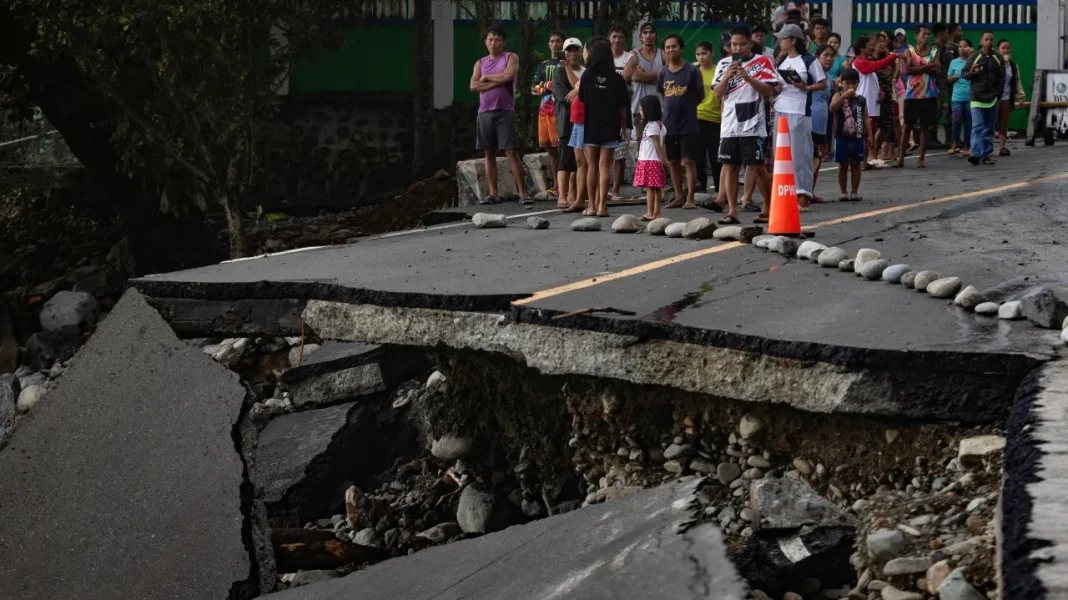A super typhoon has struck the Philippines, bringing devastation before weakening as it heads towards Taiwan. The storm, considered one of the most powerful to hit the region in recent years, has resulted in significant damages and evacuations.
Impact on the Philippines

The super typhoon made landfall in the Philippines with wind speeds exceeding 240 km/h, uprooting trees and damaging infrastructure across affected areas. Thousands of residents were forced to evacuate as the storm lashed islands with heavy rainfall and fierce winds. The authorities have reported several fatalities, and the extent of the damage is still being assessed.
Local emergency services have been working tirelessly to provide assistance and rescue those stranded by floodwaters. In some areas, electricity and communication lines were disrupted, complicating relief efforts. The government has appealed for international assistance to support immediate recovery operations.
Preparation and Response in Taiwan

As the storm weakens and approaches Taiwan, local authorities are on high alert. The Central Weather Bureau has issued warnings, advising residents to prepare for heavy rain and strong winds. Coastal communities are being urged to take necessary precautions and secure homes and livelihoods.
Schools in several regions are expected to close, and transportation services may be affected as the weather worsens. The government is coordinating with disaster management agencies to ensure resources are available for potential emergency scenarios.
The Role of Climate Change

Scientists have increasingly linked the intensity of such storms to climate change, indicating a trend of more powerful typhoons in the region. Rising sea temperatures fuel these storms, leading to more intense rainfall and stronger winds.
Efforts are being made globally to address climate change, aiming to mitigate these effects. However, immediate attention remains focused on adapting to the challenges posed by more frequent and severe weather events.
International Community’s Response

The international community has expressed support for the affected areas. Neighboring countries, along with global organizations, are preparing to send humanitarian aid and technical assistance. This cooperation highlights the interconnectedness of nations in the face of natural disasters.
Non-governmental organizations are mobilizing resources to assist with relief efforts, focusing on providing essentials such as food, water, and medical care to those in dire need.
The path of the super typhoon serves as a reminder of the devastating impact of natural disasters. As recovery begins in the Philippines and preparations continue in Taiwan, the resilience and cooperation of communities will be pivotal in overcoming the trials posed by such extreme weather events.





